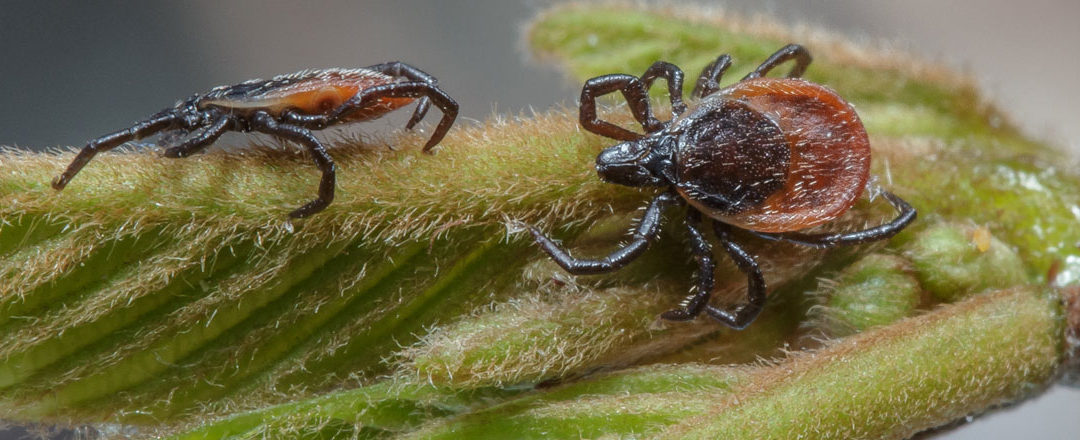Anyone who has experienced a problem with fleas and ticks on their pets knows the havoc and discomfort that an infestation can cause. As a preventive measure, most pet owners treat their animals with a monthly flea and tick medicine; however, if you still continue to experience problems with these pests, it is important to look at other culprits, such as your home or yard. We have a product that we can apply to the lawn that kills both fleas and ticks and help to get the infestation under control to prevent the spread illness, such as Lyme disease.
Fleas and ticks prefer moist shaded areas for breeding. Other problem areas include underneath decks and sheds, along the foundation of homes and buildings, as well as outdoor areas that your pets inhabit, such as feeding areas, doghouses and kennels.
Fact: One female flea can lay about 18 eggs a day and just 20 fleas on a dog can produce 360 eggs per day and over 2000 eggs in a week.
The flea population is typically made up of 50% eggs, 30% larvae, 15% pupae and only 5% biting adults.
Most fleas survive the winter in the larval or pupal stage and grow best during warm, moist winters and spring. We can treat your lawn to control both fleas and ticks.

Flea
Tips on how to prevent Ticks from biting:
- – Use a tick repellent when outdoors.
- – Wear light-colored clothing so that ticks are easier to spot.
- – If you have a tick on you, pull slowly and steadily so that its mouthparts are not broken off in your skin.
- – Wear long sleeves and pants.
- – Clean up debris piles and old wood.
- – Keep your grass mowed and trimmed.

Adult Deer Tick


